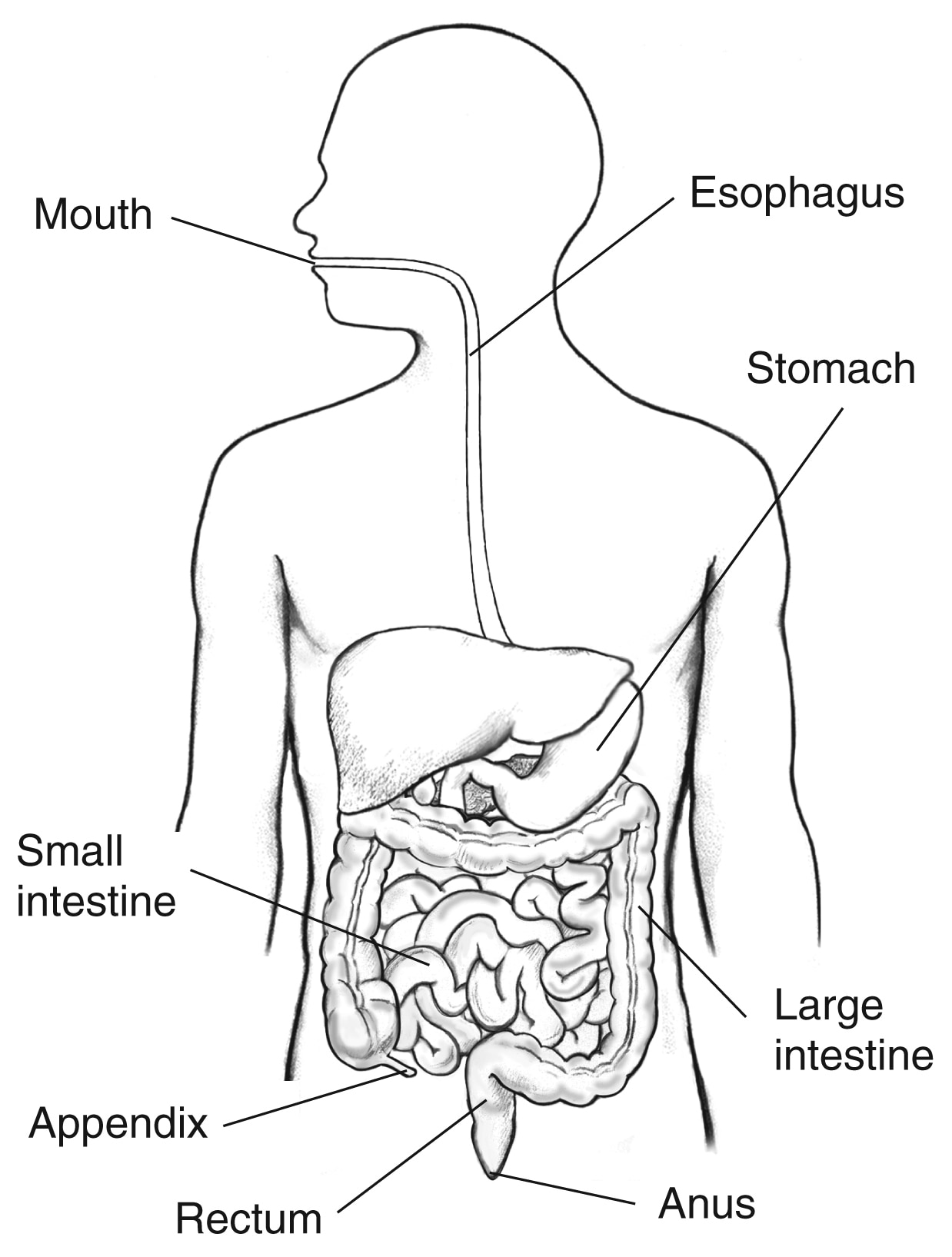Definition & Facts of Gastrointestinal Bleeding
What is GI bleeding?
Gastrointestinal (GI) bleeding is any type of bleeding that starts in your GI tract, also called your digestive tract. GI bleeding is a symptom of a complication of another disease or condition.
 The digestive tract.
The digestive tract.
What are the types of GI bleeding?
GI bleeding is grouped by where in the GI tract the bleeding takes place.
- Upper GI bleeding occurs in the esophagus, stomach, or the upper duodenum. The duodenum is the first part of the small intestine.
- Small bowel GI bleeding occurs in the jejunum or ileum in the middle and lower small intestine.
- Lower GI bleeding occurs in the large intestine or the anus.
GI bleeding can be acute or chronic.
- Acute GI bleeding begins suddenly and may sometimes be severe.
- Chronic GI bleeding is light bleeding that can last a long time or may come and go.
How common is GI bleeding?
In the United States, GI bleeding leads to more than 1.5 million health care visits1 and half a million hospital stays each year.2 In addition, GI bleeding occurs in people in the hospital for other reasons in over half a million hospitalizations each year.1 Upper GI bleeding is more common than lower GI bleeding, which is more common than small bowel bleeding.
Who is more likely to have GI bleeding?
Anyone can have GI bleeding. The chance of having GI bleeding increases with age.3,4,5
You are also more likely to have GI bleeding if you have a disease or condition that can cause GI bleeding.
 The chance of having GI bleeding increases with age.
The chance of having GI bleeding increases with age.
References
This content is provided as a service of the National Institute of Diabetes and Digestive and Kidney Diseases
(NIDDK), part of the National Institutes of Health. NIDDK translates and disseminates research findings to increase knowledge and understanding about health and disease among patients, health professionals, and the public. Content produced by NIDDK is carefully reviewed by NIDDK scientists and other experts.

